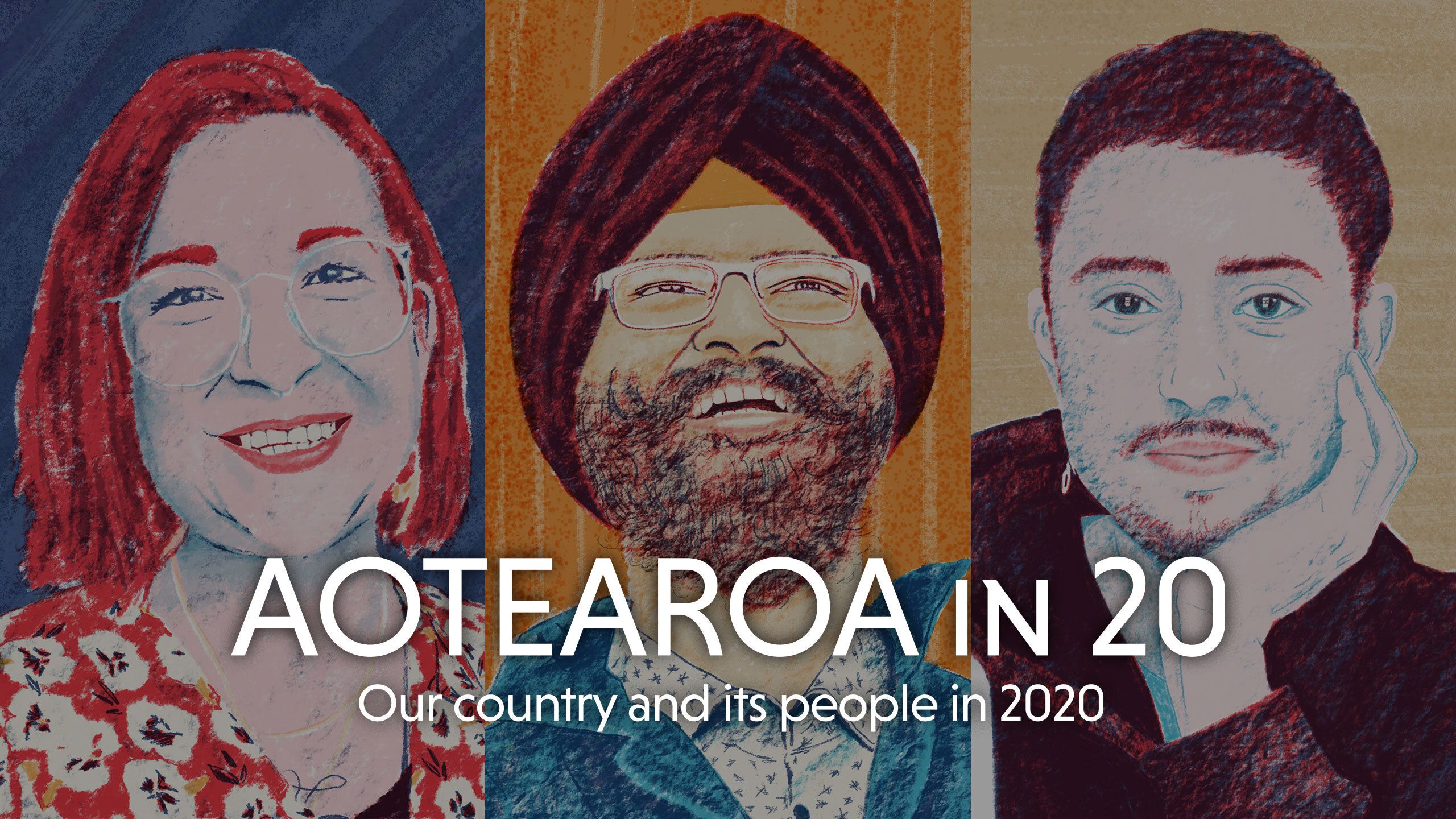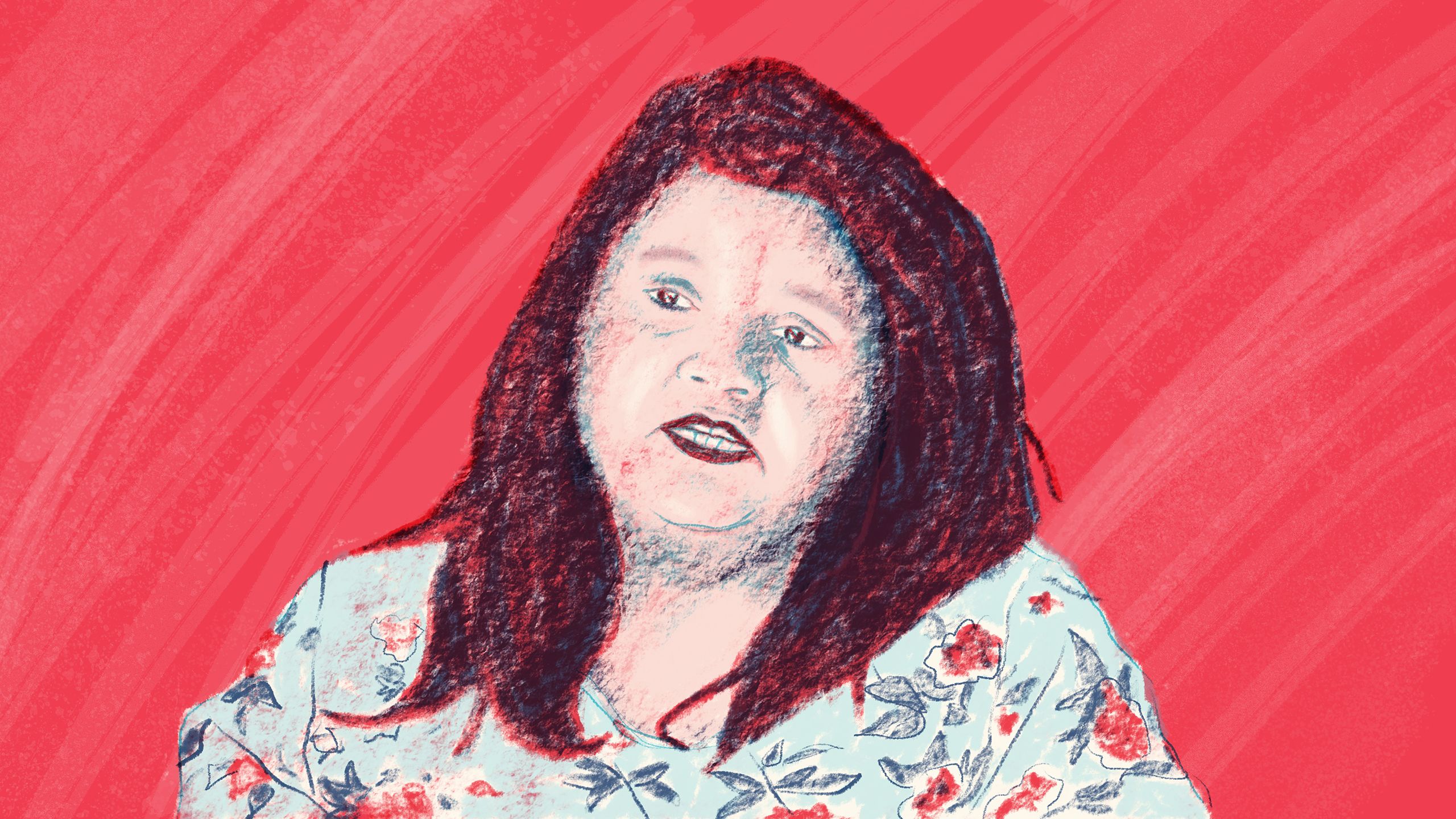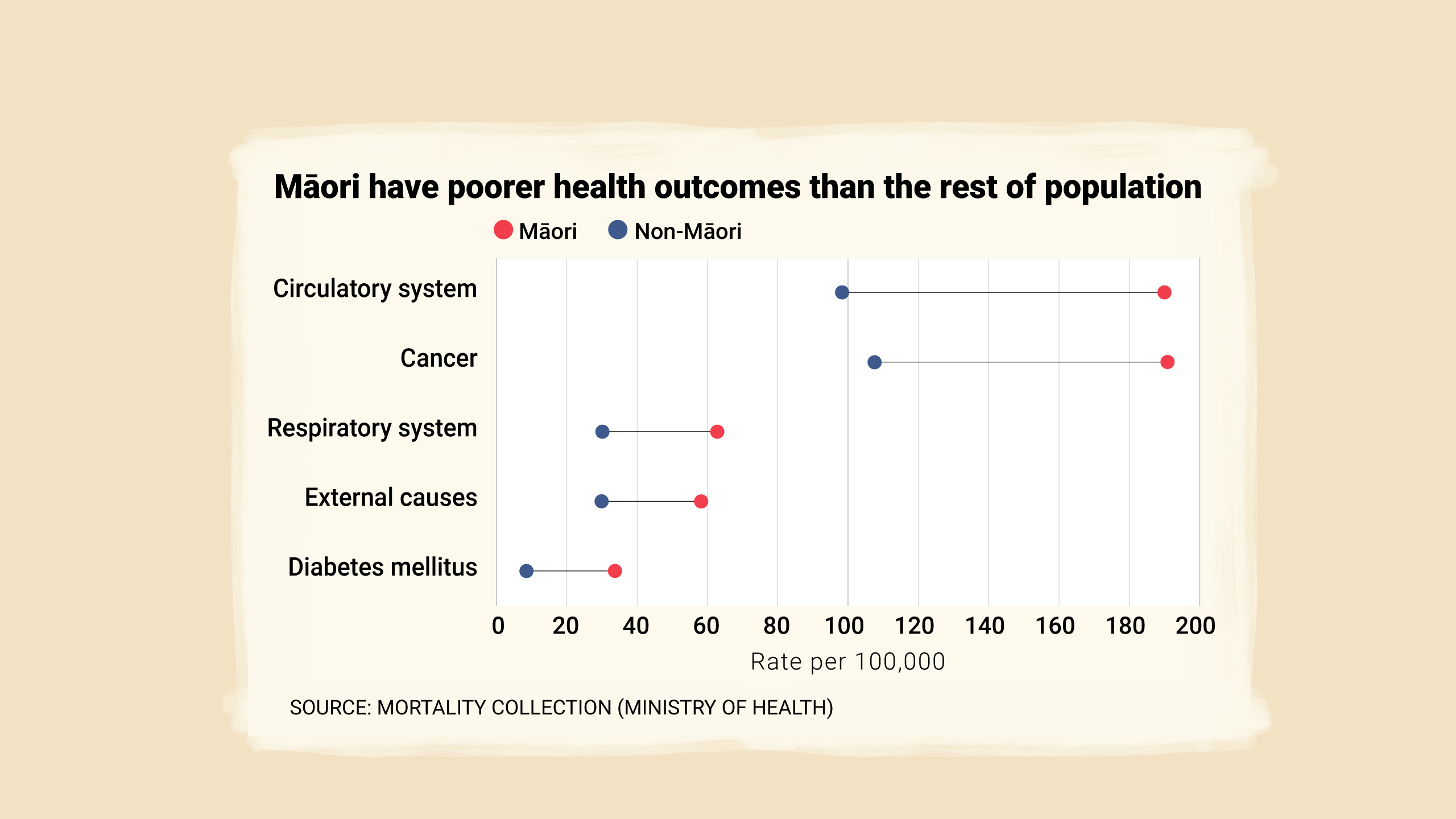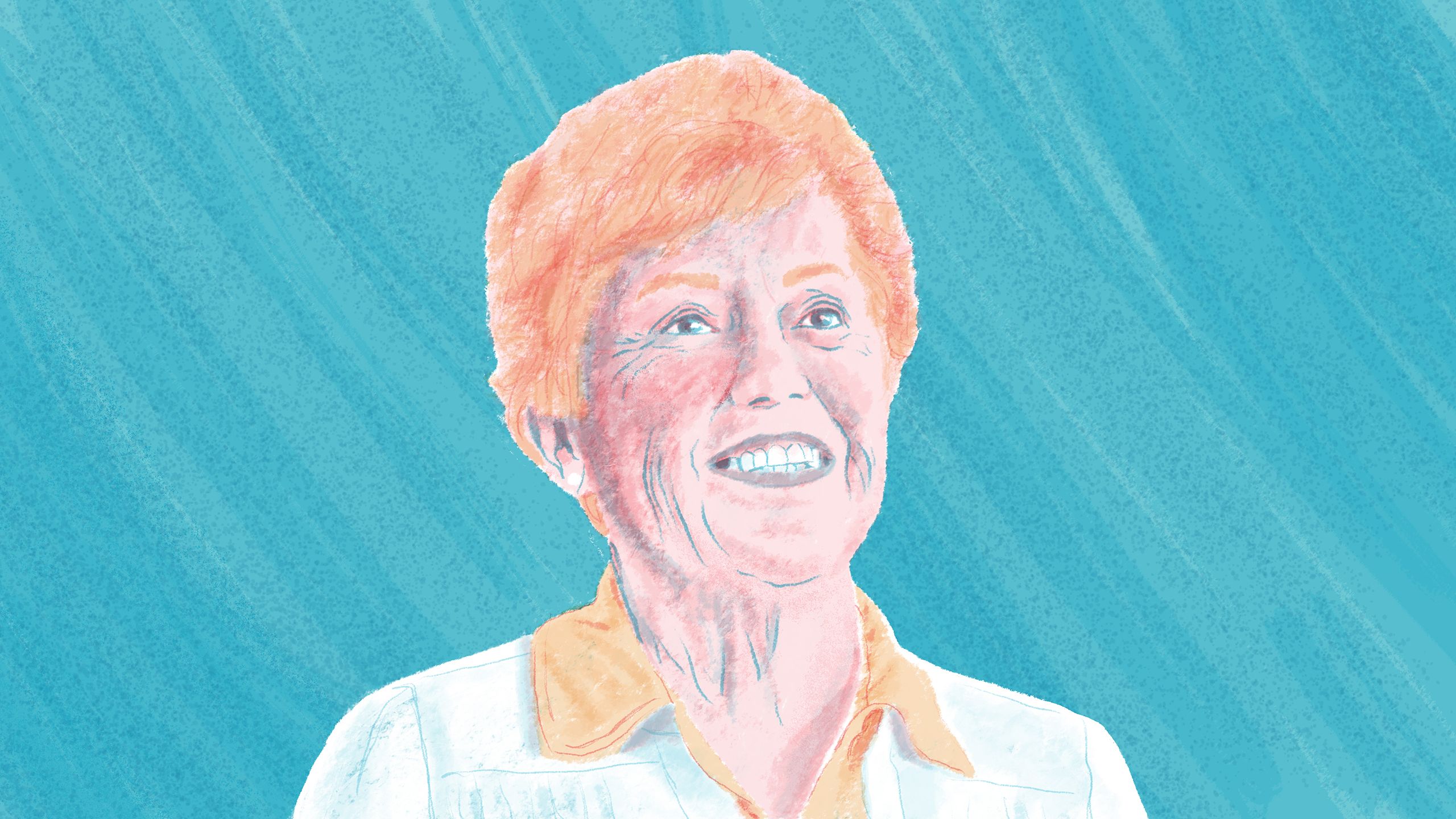
Trustworthy, accurate and reliable news stories are more important now than ever. Support our newsrooms by making a contribution.
Contribute Now
In 2020, Aotearoa New Zealand is home to a vibrant mix of people.
For better or worse, we’re not the same group of people as we were 50 years ago. Or five years ago. Or even, five months ago.
Each one of us has a unique story about what brought us to this moment in our nation’s life.
Aotearoa in 20 shares the stories of a representative sample of Kiwis.
We have analysed population data held by Statistics NZ and come up with the profiles of 20 people who represent the nation as a whole. Stuff reporters have found Kiwis who fit those profiles and who had a story about themselves they were willing to share.
Aotearoa in 20 has been deliberately published prior to the election, and two referendums, on October 17.
The stories of our people should help inform how we vote. New Zealanders share the nation with each other. The Government we choose impacts not only ourselves and our families, but everyone else who lives here, too.
This is who we are: Aotearoa in 20.



Over time, more of us have congregated in cities and towns.
Now, 84 per cent live in an urban centre.



We’ve also become much more diverse.

Asian New Zealanders and Pacific people make up a growing portion of the population.


This change will continue - and accelerate - in the coming decades.


New Zealanders now have fewer children, later in life.
Outside of periods of economic downturn, migration is the main driver of population growth.


In education, Māori and Pacific people are about half as likely as New Zealand Europeans to achieve a diploma-level qualification, or higher.

The median income of Māori and Pacific people is 10 per cent lower than nationally.
For New Zealanders with a Middle Eastern, Latin American or African background, it’s closer to 20 per cent lower.
A pay gap between men and women also persists across every ethnicity.


There is also a 38 per cent gap between the employment rate of disabled and able-bodied people.


There are differences in how we work too.


For many years, life expectancy in New Zealand has increased.

But health outcomes are very different for different groups of New Zealanders.
Geography has an impact. People who live on the West Coast of the South Island have much higher death rates from cancer than people who live in nearby South Canterbury.
And again, ethnicity matters.
Considering all causes of mortality, Māori have a fatality rate that’s 83 per cent higher than the rest of the population.
Māori are three times more likely to be killed by diabetes, and two-and-a-half times more likely to die from lung cancer.


All adult New Zealanders have the right to vote. But not everyone exercises that right.



Read more stories
Reporting: Andre Chumko, Benn Bathgate, Carly Gooch, Chloe Blommerde, Deena Coster, Donna-Lee Biddle, Esther Ashby-Coventry, Evan Harding, Florence Kerr, Georgia Forrester, Jo McKenzie McLean, Jody O’Callaghan, Libby Wilson, Liz McDonald, Maxine Jacobs, Sophie Trigger, Steve Kilgallon, Torika Tokalau
Visuals: Abigail Dougherty, Braden Fastier, David Unwin, David White, John Kirk-Anderson, Joseph Johnson, Kavinda Herath, Kelly Hodel, Kevin Stent, Lawrence Smith, Mark Taylor, Mytchall Bransgrove, Robyn Edie, Ross Giblin, Scott Hammond, Simon O'Connor, Tom Lee
Design and Illustrations: Kathryn George
Development: John Harford
Data: Felippe Rodrigues
Editors: John Hartevelt and Olivia Shivas
Become a Stuff supporter today for as little as $1 to help our local news teams bring you reliable, independent news you can trust.
Contribute Now












